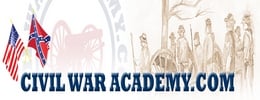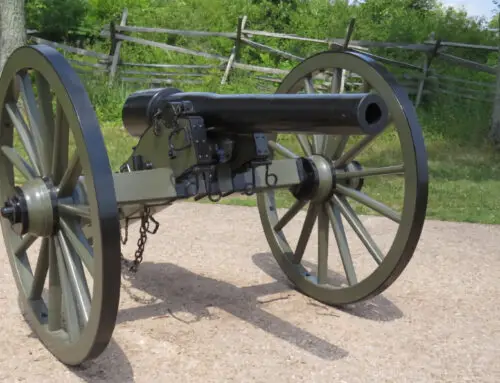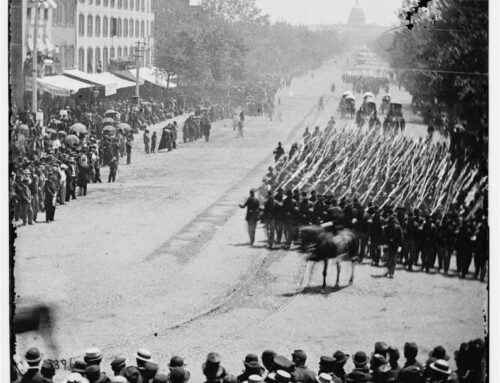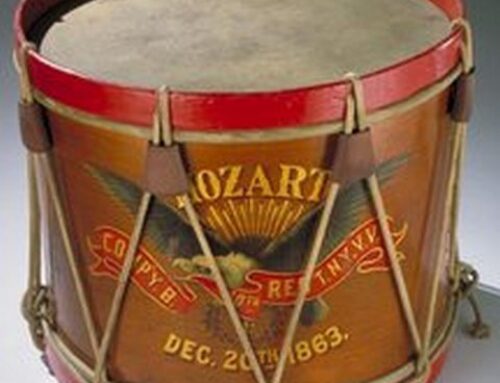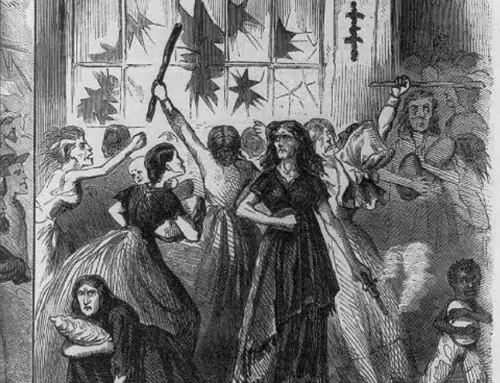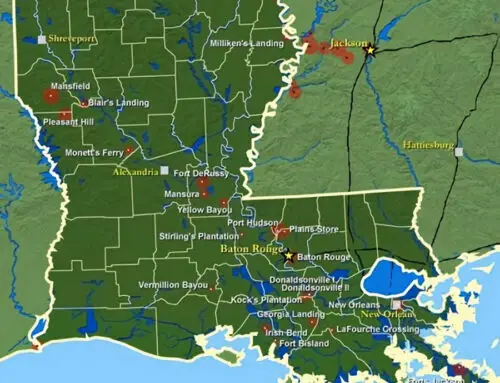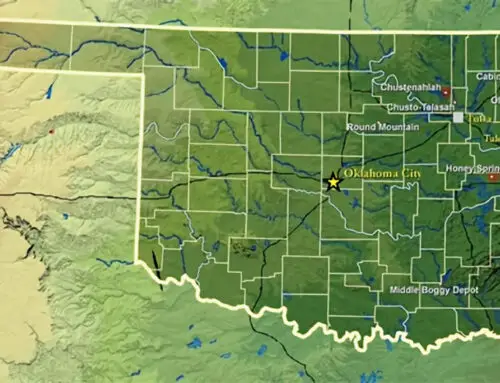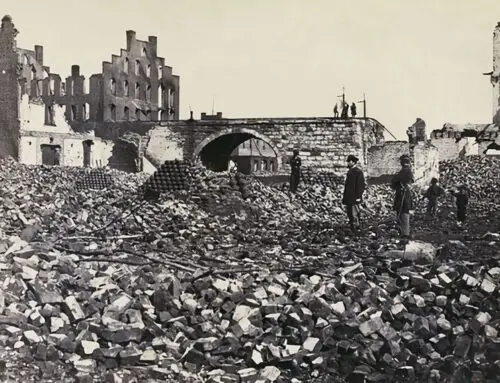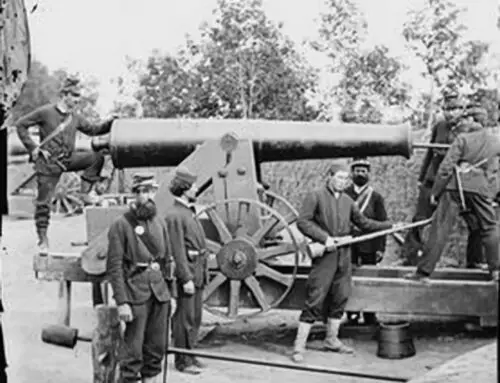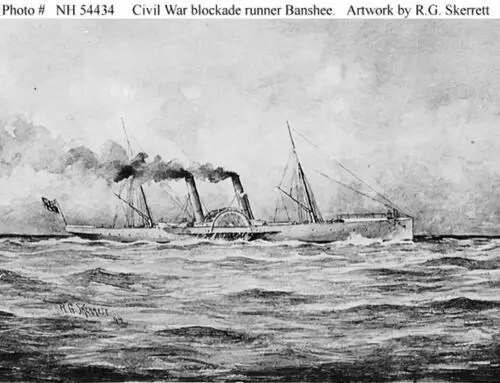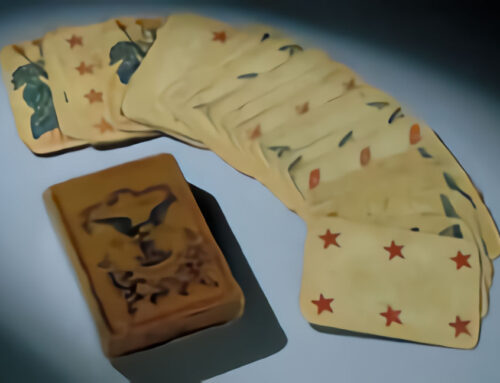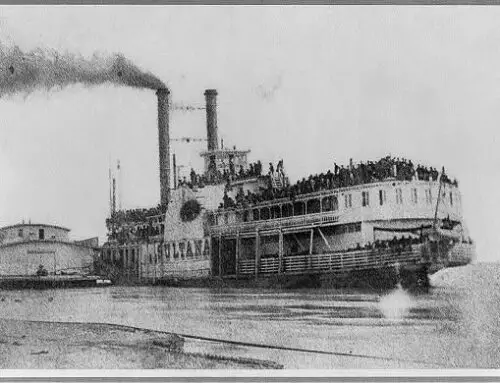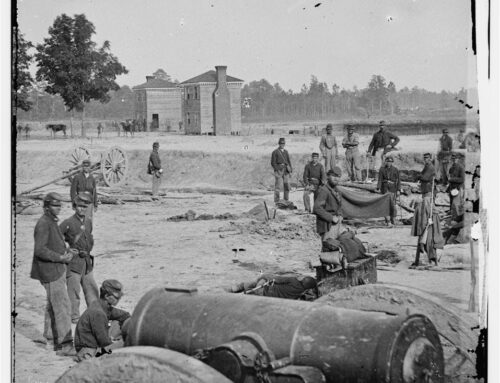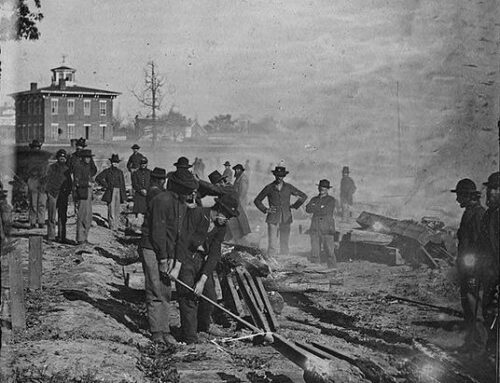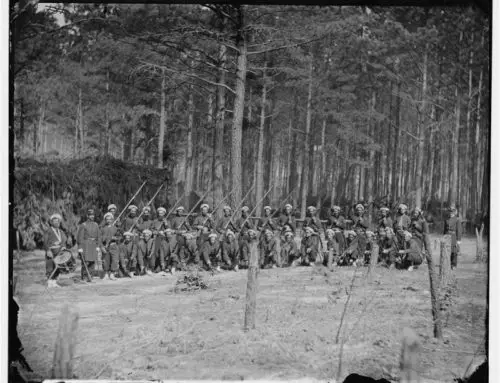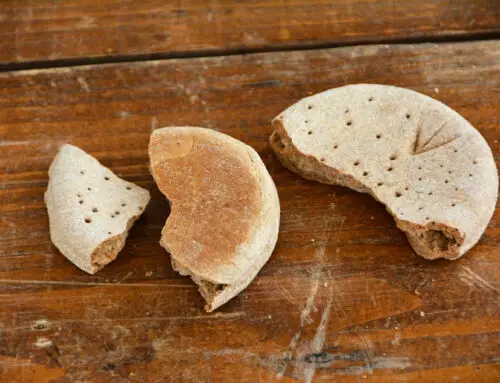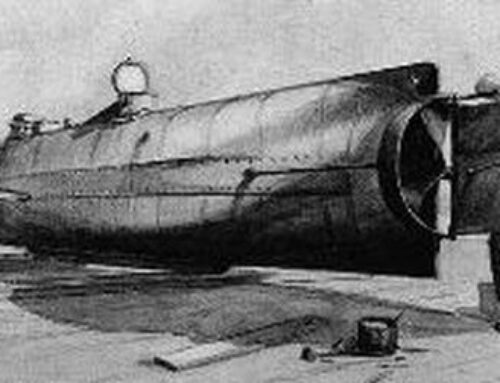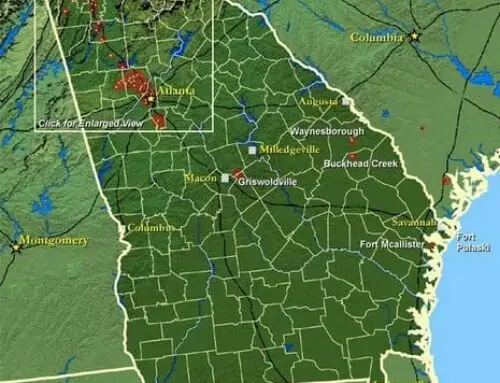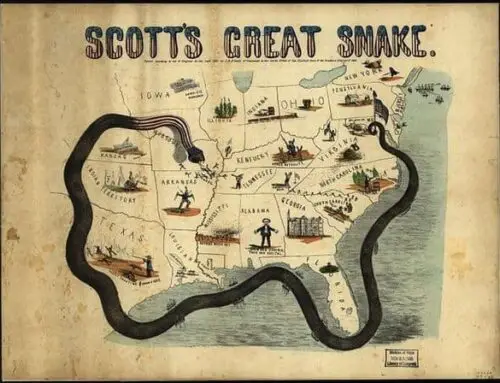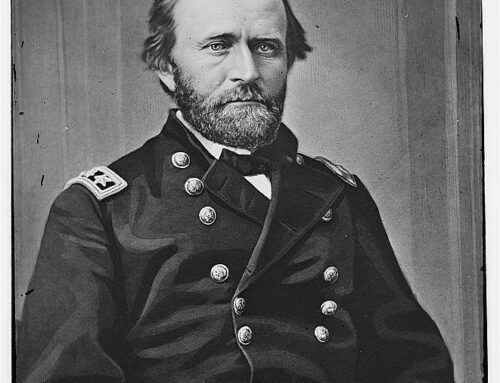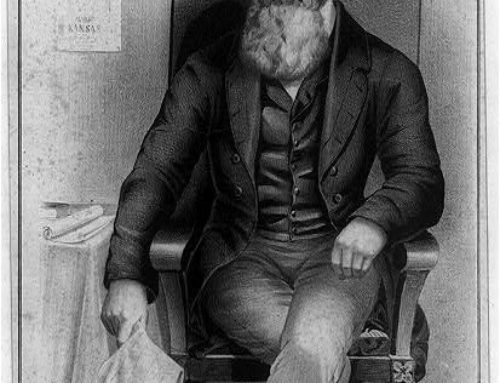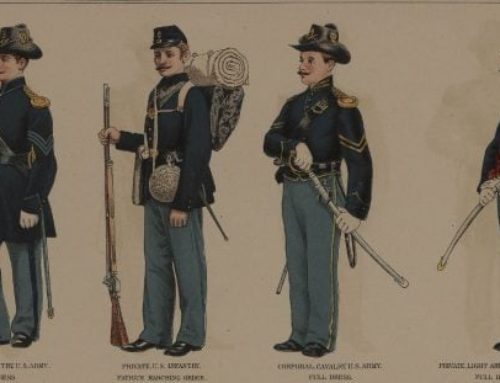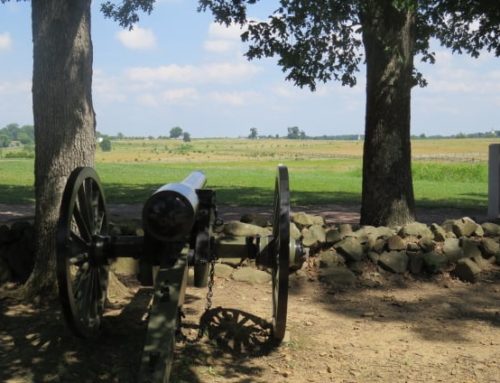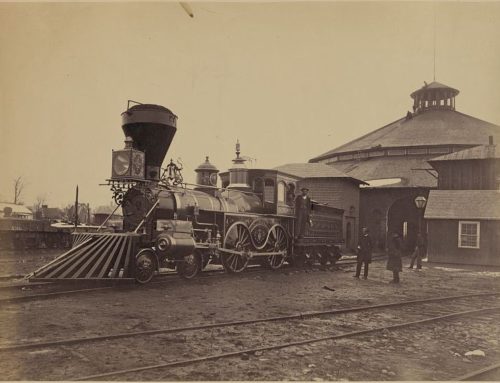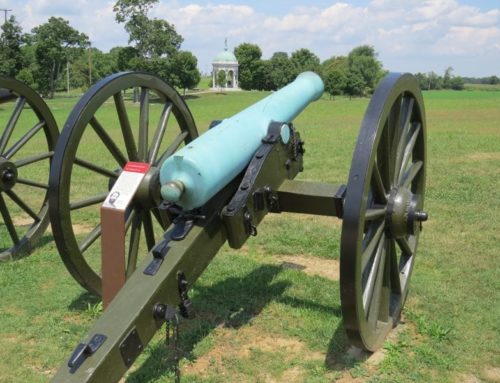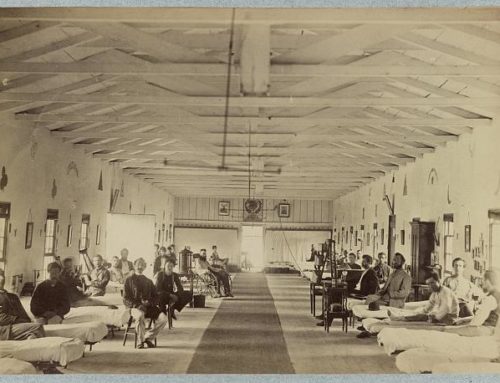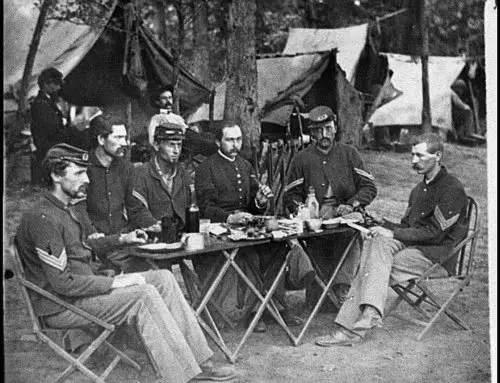(1839-1876)
George Custer is best known for his famous last stand, Custer however did surprisingly well in the Civil War. As a leader of cavalry troops Custer did fairly well against the ragged remnants of the Confederacy.
By the time Custer engaged the rebels in cavalry battles, most of the divisions from the Confederacy were decimated by earlier battles. His shining moment in The Civil War was his fearless actions at Gettysburg.
Although Custer was ordered to the south by his Union superiors, he chose to remain with General Gregg at the east of town and subsequently helped defeat Jeb Stuart on the third and final day of the battle of Gettysburg.
He was admired by his comrades for showing great bravery in battle situations but condemned for his high mortality rate. Many Union soldiers went to their graves under Custer’s command.
Born in New Rumley, Ohio in 1839, Custer went on to graduate from West Point in 1861. He was the “goat” of his class after ranking last. Had it not been for the urgency of officers needed by the Union at the onset of the war, Custer may never been given the chance to lead. He married his sweetheart Elizabeth Bacon in 1864 in Ohio after the war.
At the onset of the Civil War, George Custer earned his fame quickly as a fearless Union commander with reckless abandon. Not one to hide behind his troops, Custer would fight right alongside his soldiers in almost every battle. This show of leadership and selfish bravery earned him high marks in the war.
He was the youngest general in the Union army at 23 and made a mark with his flamboyant style. He furthered his rising star with an impressive victory at the 1864 Battle of the Shenandoah in which he rid the valley of Confederate forces. Second only to General Philip Sheridan as a cavalry commander, Custer made an impressive mark on his Civil War service. Custer received the Confederate flag of truce at the surrender of Lee at Appomattox Courthouse.
After the war Custer’s fame would be entrenched in American folklore forever. He was appointed lieutenant colonel of the Seventh cavalry and lead impressively in a muddied campaign against the Cheyenne. Custer had an impressive resume of battle wins against the various native Indian tribes of America.
Not until he made a critical flaw against the Indian people was Custer ever really threatened as the supreme Indian fighter of the west. Surrounding an Indian village near Little Big Horn, Custer divided his units into three to stop any and all escape routes by the Indians. What Custer did not realize was that the numbers of Indians present were 10 times more than he had.
Fighting lasted the better part of the afternoon and cam to a climatic ending when Custer and a handful of men were encircled on a knoll at Little Big Horn. Every US soldier lost his life that day including Custer. For decades to follow, Custer was seen as an American war hero contrary to the actual facts.
